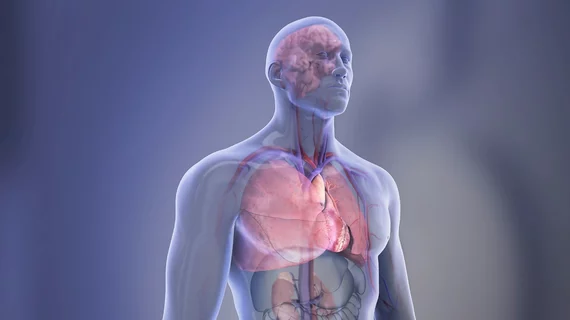Why patients living with HIV face a heightened risk of cardiovascular disease
People living with HIV have impaired blood vessel function, according to new findings published in Arteriosclerosis, Thrombosis and Vascular Biology. This helps explain why cardiovascular disease is the No. 1 cause of death among people living with HIV—especially those who also have kidney disease.
The study’s authors measured the endothelial function of nearly 1,000 patients living HIV and more than 1,500 who do not have HIV, using brachial artery flow-mediated dilation. Overall, patients living with HIV have a 10 to 11% higher risk of future cardiovascular disease. The severity of a patient’s HIV and antiretroviral therapy do not appear to impact that risk.
Also, the team added, reduced kidney function—determined by looking at creatinine levels in the blood—was linked with an especially impaired blood vessel function. The connection between kidney function and blood vessel function appears to be greater in patients living with HIV.
“People living with HIV infection need to be vigilant about heart disease prevention,” author James H. Stein, MD, a professor at the University of Wisconsin School of Medicine and Public Health in Madison, said in a prepared statement. “They cannot assume that their heart and blood vessel disease risk is low because their infection is controlled.”
Patients can “protect their kidneys and prevent cardiovascular disease,” Stein added, by “doing such things as controlling blood pressure and preventing diabetes.”
The team’s research was funded by the National Heart, Lung and Blood Institute of the National Institutes of Health.
The full study is available here.

